Effective Comprehension Strategies For Struggling Readers
If you have a child or students who struggles with reading comprehension, there are a number of reasons why this is happening.
These include:
- weak decoding due to poor phonological awareness skills that have compounded over the years and impacted a child’s ability to make meaning of text
- weak fluency skills
- poor vocabulary development due to a language-based reading disability
- learning English as a second language
- a student who may have memorized a large bank of words in the early years as a compensatory strategy, instead of actually learning to decode effectively, so when text complexity increases, old memorization tricks no longer work
- a child who may decode beautifully, but cannot comprehend a word they just read or even give you a simple retelling. Admittedly, this has probably been the TOUGHEST scenario as a teacher for me to remediate. Not impossible, just tricky.
- a student who may be a very literal thinker due to a lower IQ or ASD
- This is NOT an impossible task. It just might take longer for some kids.
- Methods like Orton-Gillingham DO help reading comprehension because most of the time, a child who cannot decode is not going to be able to comprehend independently within a text when left to their own devices. O-G lessons explicitly teach phonological awareness, orthography, syntax, semantics, and morphology. These areas of critical literacy help a child build a foundation and gain traction when reading and comprehending. Comprehension is NOT forgotten when this reading intervention is put in place, contrary to what some educators may think.
- Reading is SO much more than simply making meaning of the text on the page. If you want to dive deeper into the science of reading, here are two books I strongly suggest: Reading At The Speed of Sight by Mark Seidenberg and Reading In The Brain by Stanislas Dehaene.
So the BIG questions here are…
- What are the reading comprehension strategies we as teachers should focus on the most?
- How can we address those strategies with readers who struggle to comprehend text?
- Visualization
- Asking Questions
- Accessing Prior Knowledge
- Summarization
- Self-Monitoring
- Story/Text Structure Analysis
- Synthesis
- Small group teaching with manageable text where they can practice decoding skills easily while working on comprehension in tandem with one another.
- Help build their background knowledge with questions that elicit discussion about prior experiences (also known as schema)
- Explicitly discuss the purpose of reading a particular text.
- Preview vocabulary that will be integral to their comprehension by asking questions or creating semantic maps.
- Continue to develop language skills by working on syntax. Choose small parts of text.
- Model and scaffold strategies, but be sure to gradually release the responsibility onto the student or else they will not use them independently, which is the goal after all. Even struggling readers can do this. They just need appropriate text in front of them.
- Use graphic organizers. Let’s chat about the problem I see with using graphic organizers for just a minute. Guess what? There are A TON of graphic organizers out there. There are too many to choose from to be honest. The purpose of a G.O. is to create a visual map of the learning by taking notes. This visual serves as a way to help children create, hopefully, that map in their brains to organize their learning. When a teacher uses TOO MANY different kinds of graphic organizers with his or her class, the students never truly take ownership over any the G.O.s they’ve been asked to use. They just become a mish mash and lose their value. SO! Choose a SMALL collection of the SAME graphic organizers that specifically match a skill or strategy to use all year. If you are teaching the comprehension skill, compare and contrast, you will use good old Venn diagram or a T-chart. Choose them and teach your children to use them well. Less is more. Trust me.
- Teach cohesive devices that help bring the text together like pronoun references. This will make the text more accessible,
Are you ready for it?
When you purchase a kit, you can receive 25% off the Phonics Games! They make a great addition for engaging, interactive practice. Use code: LN 2021. In addition, Lynn offers training for all users and has a Facebook group for anyone who has questions or needs to discuss a certain aspect of the program. If you are interested in her Connect to Comprehension training course, here is the link.







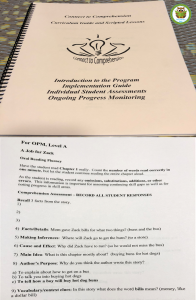
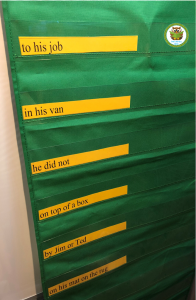
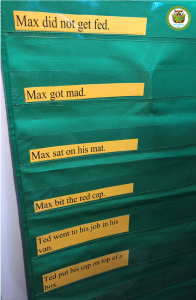

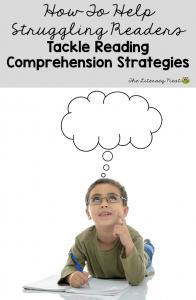

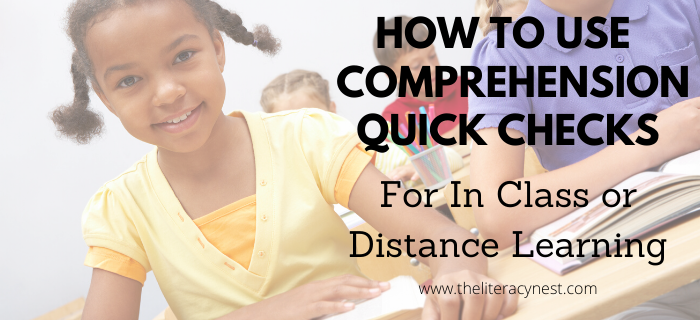

When I have worked with 5-8 graders who struggle, I do make sure they know how to decode words, but I quickly make sure that they are listening to good literature at or above their reading level. We need to get them hooked on the story. The library is a good source. Reading for them is difficult so they don't care about the story, but get them hooked on a good book and they will want to wrestle through it. The new Read Loud Family is a great resource and her podcasts are amazing. Sarah MacKezie.